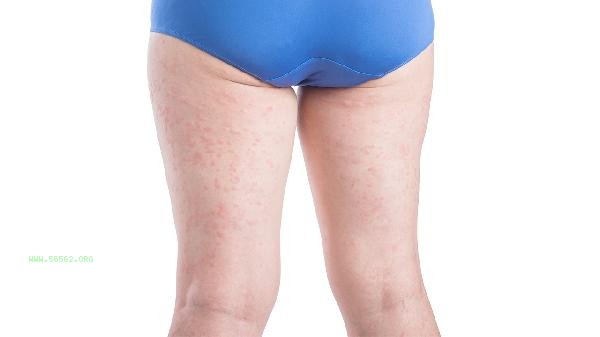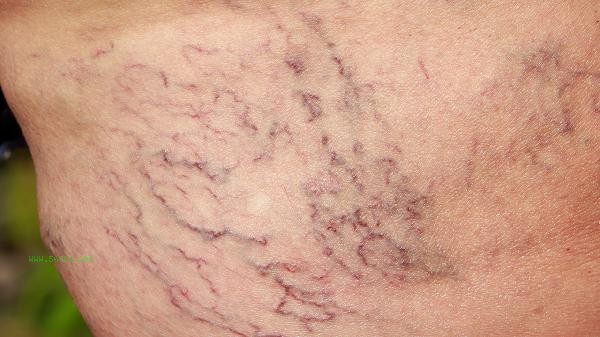After running, the muscle soreness in the front thigh can be relieved through methods such as hot compress, stretching and relaxation, supplementing nutrition, moderate massage, and adjusting exercise intensity. This type of soreness is usually caused by lactic acid accumulation, minor muscle damage, excessive exercise, insufficient warm-up, electrolyte imbalance, and other reasons.

1. Hot compress
Hot compress can promote local blood circulation and accelerate lactate metabolism. Apply a hot towel at around 40 degrees Celsius to the sore area for 15 minutes each time to avoid skin burns caused by excessive temperature. Hot compress is more effective 24 hours after exercise, while cold compress may be more suitable during the acute phase.
2. Stretching and Relaxing
Static stretching is performed on the quadriceps muscle. When standing on one leg, hold the same side of the foot with your hand and gently pull towards the buttocks for 30 seconds. Kneeling posture can also be used to stretch backwards, paying attention to controlling the amplitude to avoid excessive pulling. Adequate stretching should be done before and after exercise.
3. Supplement nutrition
Moderate supplementation of high-quality protein to help muscle repair, such as eggs, milk, etc. Simultaneously consuming foods such as bananas and nuts containing potassium and magnesium to regulate electrolyte balance. Drink water promptly after exercise, but avoid drinking in large quantities at once.

4. Moderate massage
Gently press with the palm root along the muscle direction, or slowly roll with the foam shaft. Attention should be comfortable and avoid protruding bones. Massage can relieve muscle tension, but excessive stimulation should be avoided during the acute phase.
5. Adjust Exercise Intensity
First time runners should control the duration of a single exercise within 30 minutes and use a combination of running and walking. The weekly increment should not exceed 10%, giving the muscles enough time to adapt. Warm up with a 10 minute brisk walk or slow jog before exercising to avoid sudden intense activity.

Daily attention should be paid to changing dry clothes in a timely manner after exercise to avoid aggravating muscle discomfort caused by catching a cold. Ensuring sufficient sleep helps with muscle recovery, and 7-8 hours is recommended. If the soreness persists for more than 72 hours without relief, or swelling, skin redness, etc. occur, there may be a risk of muscle strain, and it is recommended to seek medical examination in a timely manner. Usually, cross training such as swimming and cycling can be carried out to reduce the continuous stimulation of the muscles in the front thigh caused by a single exercise.








Comments (0)
Leave a Comment
No comments yet
Be the first to share your thoughts!